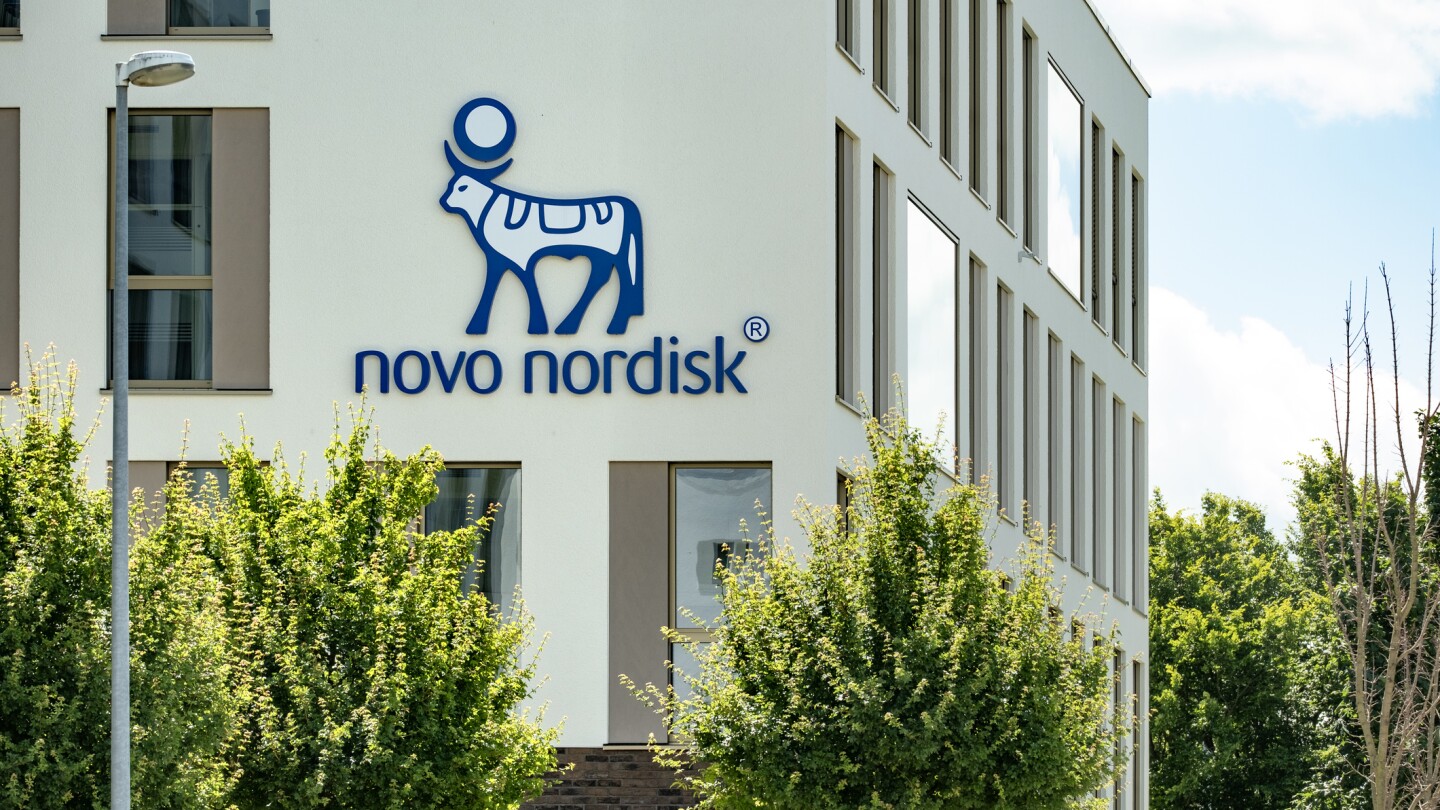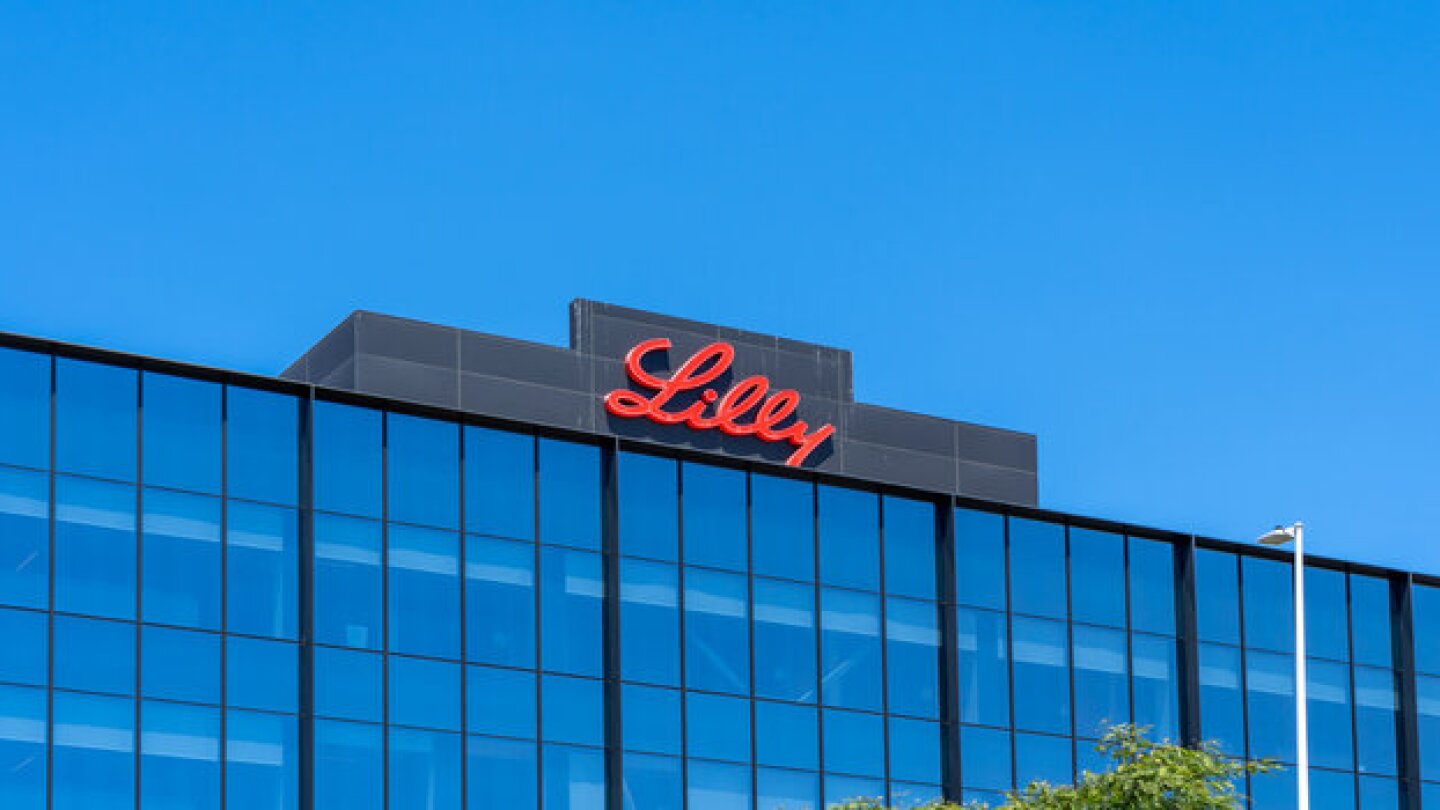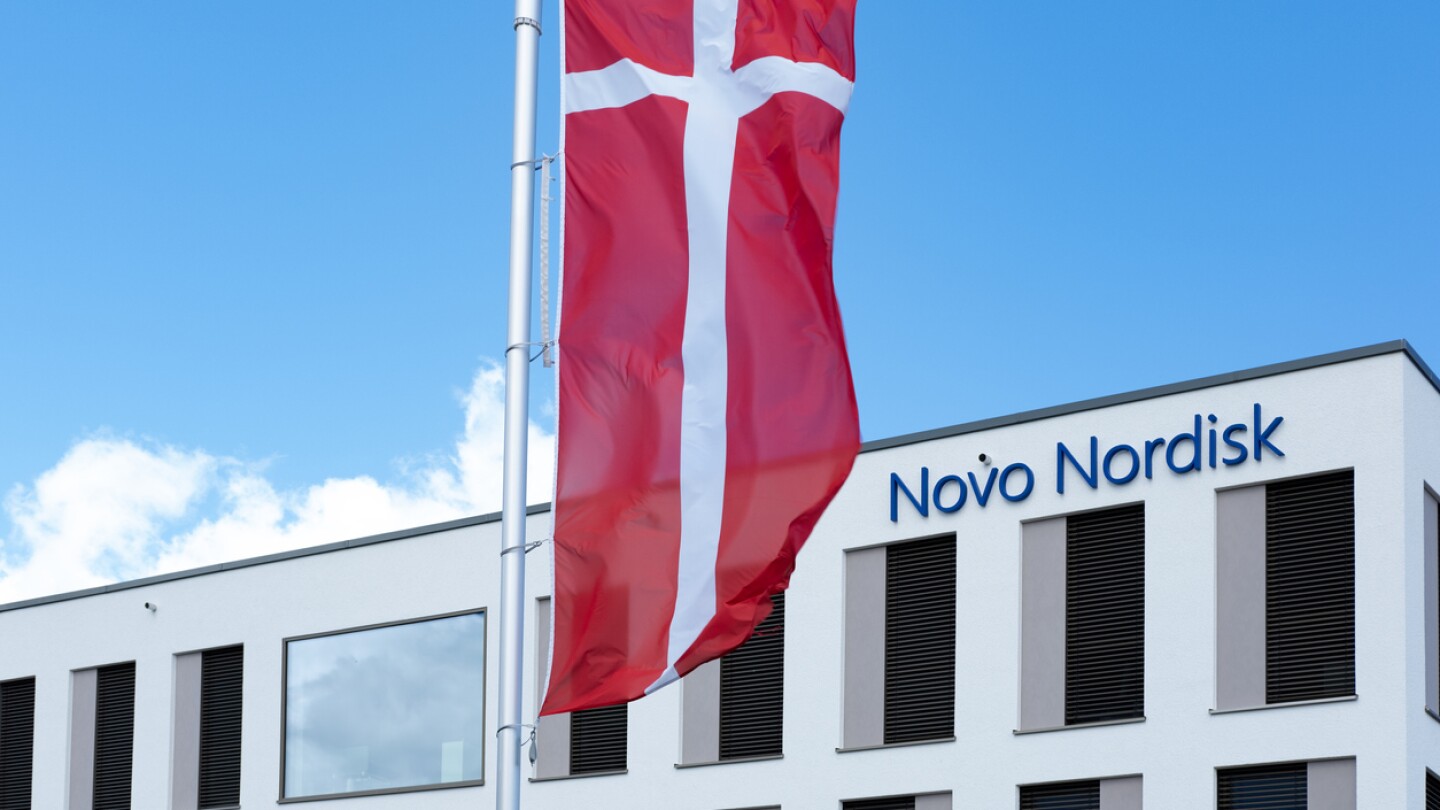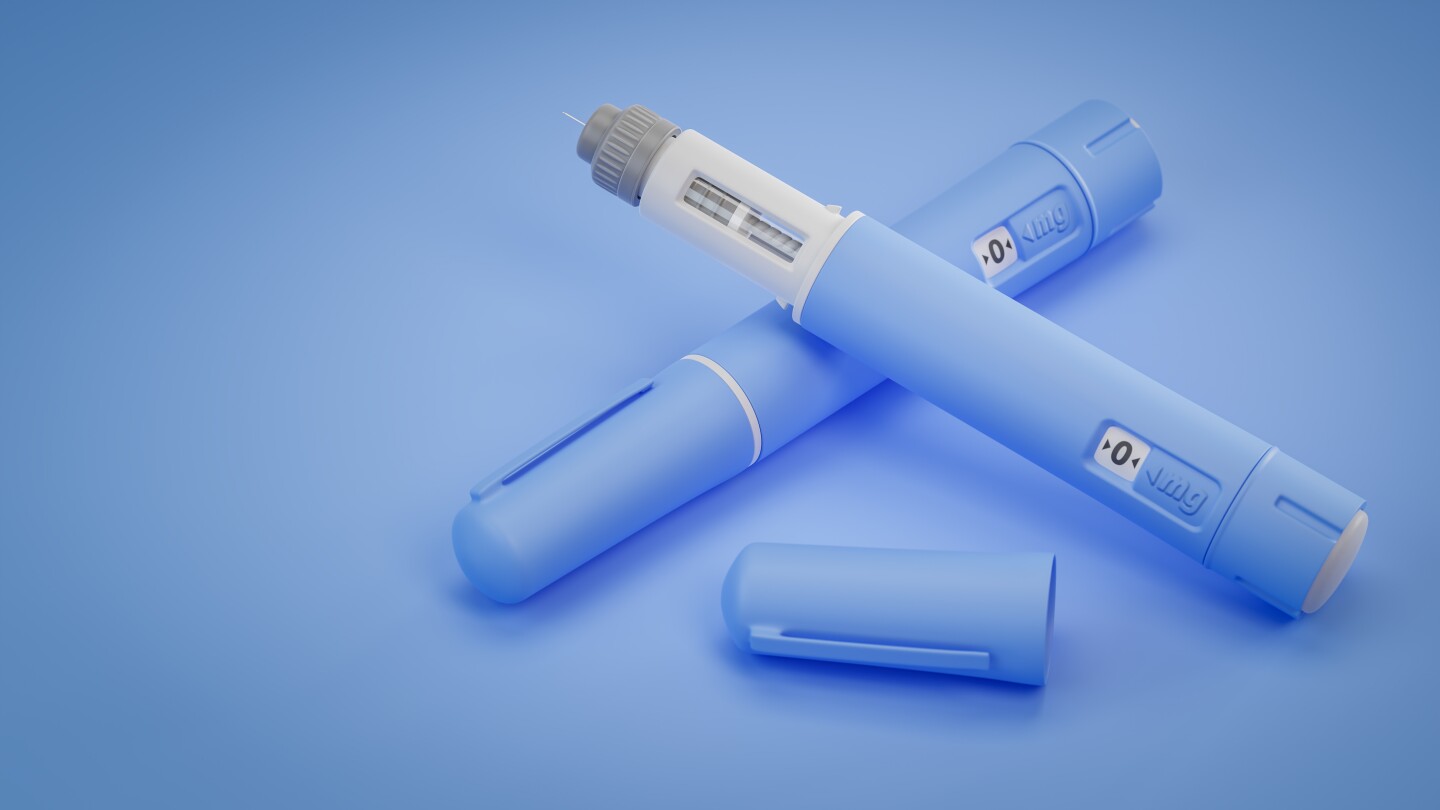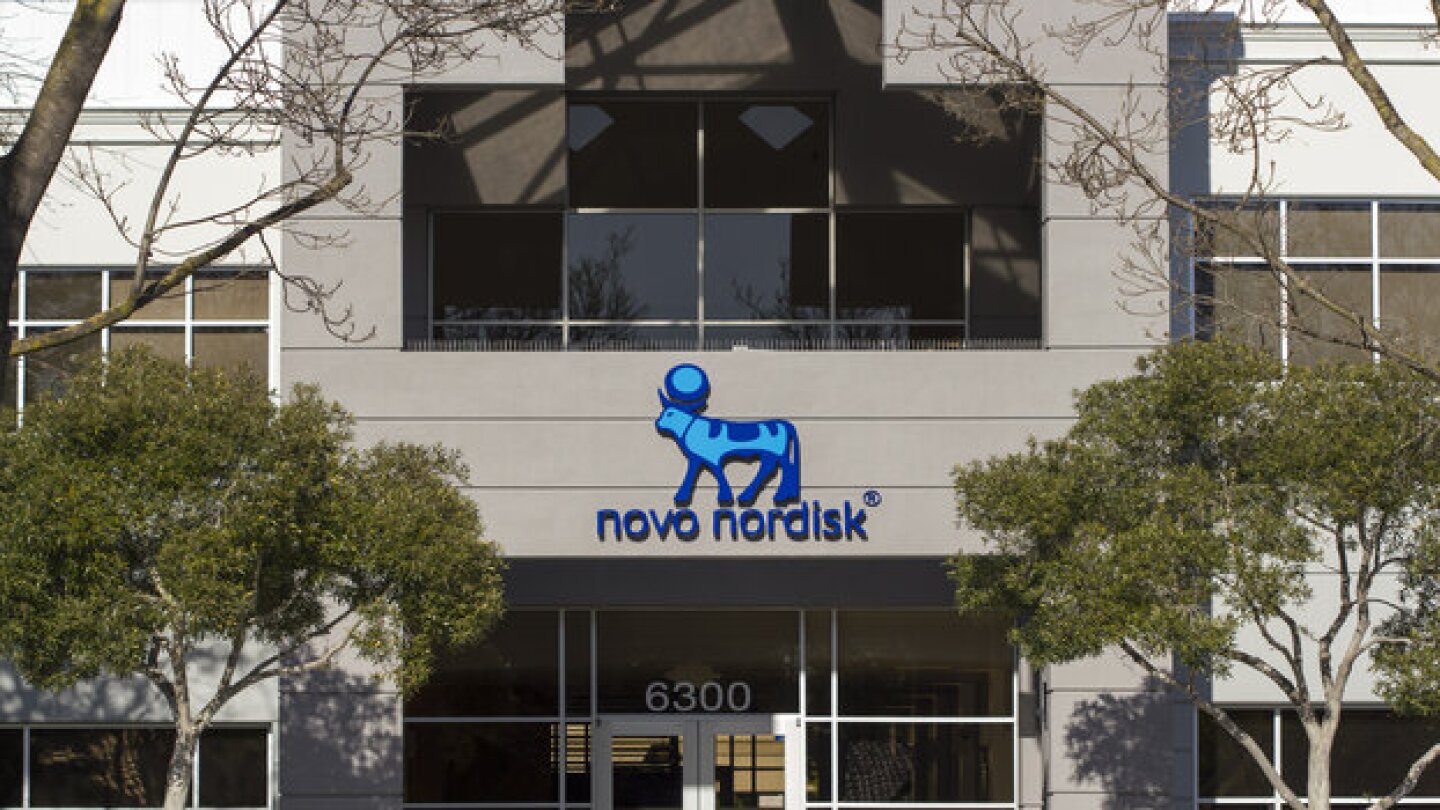Diabetes
Lilly CEO Dave Ricks in Wednesday’s third-quarter earnings call acknowledged that the company is at the mercy of wholesaler stocking decisions.
While an FDA advisory committee saw signals of efficacy for Lexicon Pharmaceuticals’ sotagliflozin, the panel of external experts found that the company did not provide enough data to support its drug application.
Wednesday’s update to the regulator’s drug shortage database is good news for Novo Nordisk, which has struggled to keep up with demand for the blockbuster GLP-1 drugs.
Eli Lilly’s blockbuster weight loss and diabetes drugs missed analysts’ expectations by 18% in the third quarter, which were negatively impacted by inventory stocking in the wholesaler channel. The company’s shares fell more than 13% in trading on Wednesday morning.
Researchers have linked Novo Nordisk’s semaglutide to a 40% to 70% reduction in the risk of Alzheimer’s disease diagnosis in a study of medical records from 1 million patients.
The group of like-named companies that include Novo Holdings and Novo Nordisk—the two tied to a multibillion-dollar buyout of Catalent currently under FTC review—ultimately send proceeds to the Novo Nordisk Foundation, one of the world’s largest charitable foundations.
While the regulator has not approved their use in type 1 diabetes, off-label prescribing for GLP-1 receptor agonists has sharply increased, according to researchers, who warn about the risk of serious side effects such as ketoacidosis.
Novo Nordisk has nominated semaglutide for inclusion in the FDA’s Demonstrable Difficulties for Compounding list, which includes drugs that are too complicated to produce and could pose substantial safety risks to patients if manufactured incorrectly.
Monday’s lawsuits from Eli Lilly are the first to be filed by the pharma since the regulator officially removed tirzepatide from its drug shortage database earlier this month.
Novo Nordisk on Monday reported the oral version of its drug semaglutide reduced the risk of major adverse cardiovascular events in adults with type 2 diabetes by 14% in a large Phase III trial.
PRESS RELEASES



